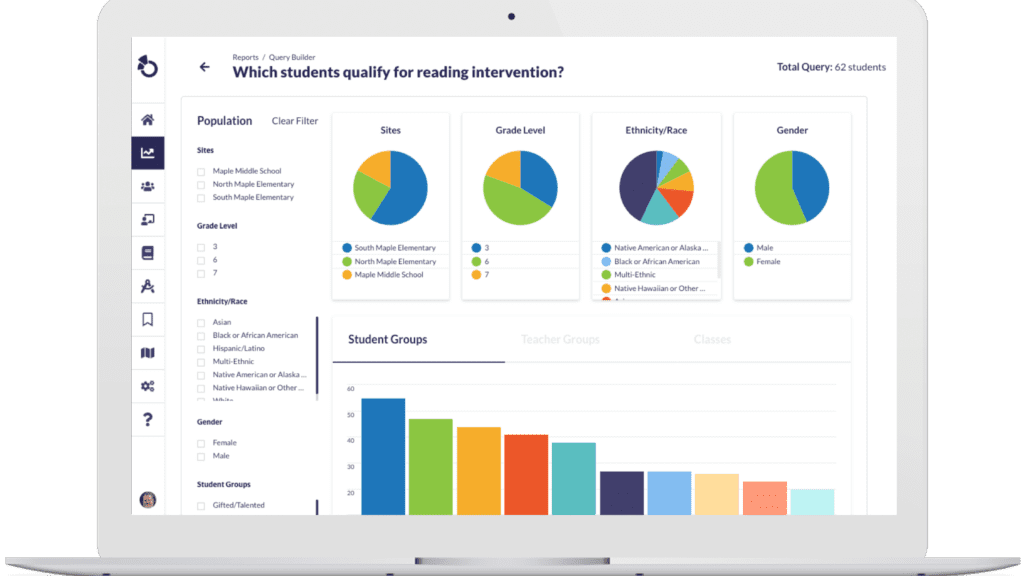Navigating the Dual Language Landscape: Equitable Access and Student Performance
By: David Specht
On your mission to provide an equitable education for all students, understanding the influence of language programs on academic achievement is of critical importance. A key question school leaders must ask is: "Are students in the dual language program performing similarly to students who are in a single language classroom?"
Dual Language Programs and Educational Equity
Dual language programs offer enriching learning experiences, fostering bilingualism, biliteracy, and cultural competence. However, it is essential to ensure that students in these programs have access to the same level of resources and support as those in single-language classrooms and that their academic performance is not compromised.
Resources range from technology and instructional materials to specialized support services. These resources are critical in shaping student growth and performance, thus making equitable distribution a vital concern for school administrators.

Analyzing Performance Across Programs
To evaluate the equity and effectiveness of dual-language programs versus single-language classrooms, administrators should analyze students' performance across these programs. This involves comparing standardized test scores, growth metrics, and other academic indicators between the two groups of students.
Such an analysis can shed light on whether there are differences in performance that may indicate an imbalance in resource allocation or other underlying issues. For example, if students in dual language programs consistently perform lower than their single language counterparts, it might suggest a need to bolster support services, instructional materials, or professional development for dual language teachers.
Leveraging Otus for Equitable Practices
Here’s where Otus comes into play. Otus helps answer your questions about student performance across programs by providing one place to visualize all student data. This ensures that you have clear insights to confidently make decisions for your district.
Otus's data analysis tools enable educators to generate detailed reports on student performance, highlighting any differences between students in dual-language and single-language classrooms. Whether you're looking at state assessment scores, national measures, common assessments, or factors such as attendance, Otus makes it simple to understand and communicate these trends.

With Otus Historical Analytics, administrators can create custom reports that analyze the performance of cohorts of students over time. Cohorts of students can be based on school, grade level, teacher, race/ethnicity, interventions received, program enrollment, and more.
If your data reveals the need for intervention, Otus offers tools for creating progress monitoring plans that can be used to address a multitude of goals. This ensures that students, including those enrolled in special programs, are provided with the targeted support they need to be successful.
Understanding the performance of students in dual-language versus single-language classrooms is integral to promoting educational equity. Watch the video below to learn how you can answer the question “Are students in the dual language program performing similar to students who are in a single language classroom?” using Otus.
Request a demo!
See exactly how Otus can help your school accelerate student growth and improve student outcomes – all while saving educators time.





